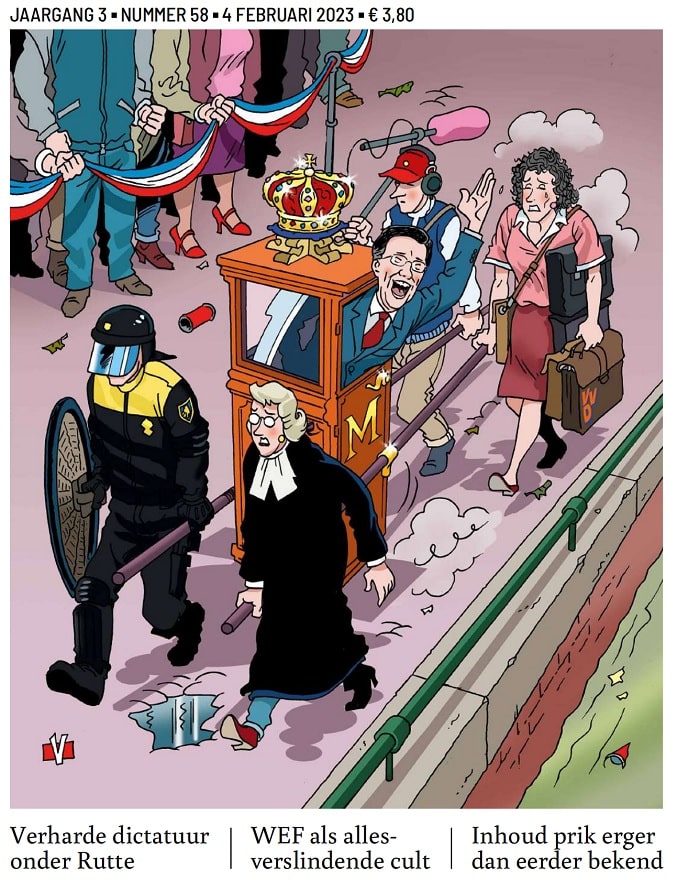
Nummer 58 (4 feb. 2023)

In dit nummer:
Verharde dictatuur onder Rutte
WEF als alles-verslindende cult
Inhoud prik erger dan gedacht
De EU in het oog van de orkaan
Oekraïense ontwikkelingen
Ben je (nog) geen abonnee?
Gezond Verstand is voor abonnees online te lezen.
Ben je nog geen abonnee? Meld je dan hier aan.
Je kunt Gezond Verstand ook los bestellen of downloaden (PDF) in de webshop.